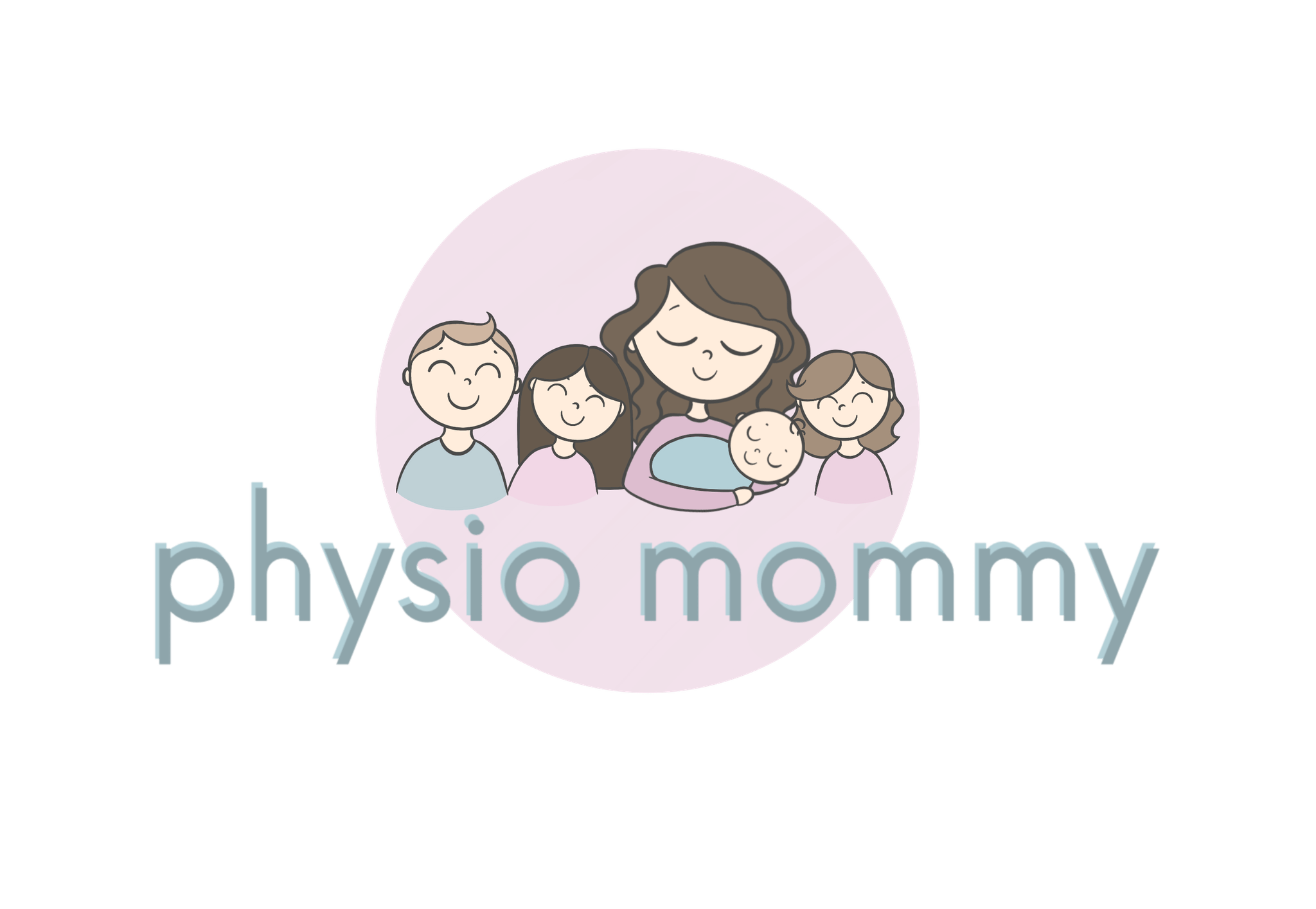Playtime activities
supporting child development
at the age of
0-3 months…
The most important senses through which a baby perceives the world are the sense of touch and hearing. Sight is a sense that is just developing, so in this period, the baby reacts mainly to touch and sound. Of course, when playing, eyesight is also worth stimulating, but you have to bear in mind that a baby this little is not yet able to distinguish too many details and colors.
Knowing what skills your child acquires in the first 3 months of life, you can easily choose the right activities to support his or her natural development.
At this age, the baby:
- the baby is able to keep their eyes on an object. At the age of about 2 months, he or she follows the toy in such a way that the whole head moves along with the eyes. 3rd month is all about isolated eye movements – the toddler follows the toy with the eyes, but the head remains in the same position,
- in lying on the back, the baby achieves body symmetry. The spine touches the ground evenly along its entire length. The little one joins hands in front of the chest (in the midline of the body), puts them in their mouth and keeps the hands half open,
- while lying on the tummy, the child can symmetrically prop oneself up on the forearms but the hips stay on the ground and the elbows align with the shoulders.
The most fun playtime activities…
At this age, the coolest playtime activities are those that stimulate the most important senses. So, these will be great:
- massages, touching, foot massages – done gently but firmly, preferably with the whole hand,
- talking, whispering to the child from both sides,
- activities during which the baby joins hands in the midline of the body,
- showing your child a toy or encouraging them to focus on their own face – it’s worth remembering that the object you want to show shouldn’t be placed too far away and it’s best to show it from both sides. The child at this age is not yet fully able to see the object shown in front of them, because it requires good cooperation of both brain hemispheres, which doesn’t appear until 4th month of life.
A few playtime propositions:
Focusing eyes on a toy + symmetry.
Sit back on the couch. Place a footrest under your feet and place your baby between your thighs so that he or she can look at you. Make sure that the baby’s body and head are straight and the bottom is slightly raised.
Choose your child’s favorite toy – preferably in contrasting colors and not too noisy, and then show it from the side. Wait for the baby to focus on it and hold it there for a moment. You can even describe this object to your baby. Then, slowly move the toy to the other side and encourage your little one to turn the head in the opposite direction.
Remember not to make movements that are too quick – for example, don’t shake the rattle too violently. The whole point of this playtime is for the child to focus on the object, so it’s good if it’s relatively still.
After some time, you can move the toy from side to side while observing whether the child has to turn their head to see it or, for example, he or she can already make an isolated eye movement, i.e. follow the toy without moving the head.
Remember: If you don’t have any item at hand, your face may be a fantastic “toy”. 🙂
Playing while lying on the tummy.
Sit comfortably, put a pillow behind your back, find support for your legs. Place the baby on your chest so that he or she is facing you. Talk to your baby, encourage them to lift the head. Observe their reaction and see how much effort this activity requires.
You can play in the same way with a slightly older baby as well, but do it on the mat! Lie down in front of your baby and try to make eye contact. Spend some time playing together in this position.
The aim of this activity is to encourage the baby to stay in the tummy position as well as to help them to practice symmetrical propping up on the forearms, which is important for further development.


